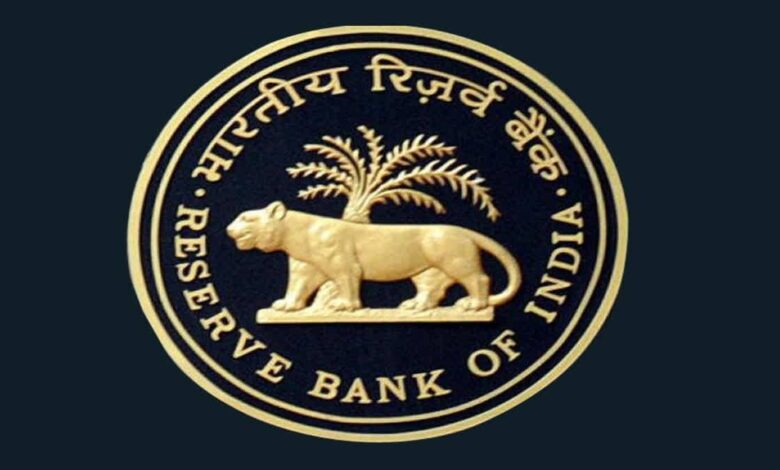
The regulatory environment has stepped up due to the rise of NBFC-P2P Lending Platforms and to ensure that these platforms provide proper disclosures.
As per the new rules, P2P platforms cannot promote peer-to-peer lending as an investment product that guarantees a certain percentage of profitability with flexibility in tenor and liquidity facility. Also, they are prohibited from offering any other insurance products that could act like credit insurance or offer a guarantee.
One requirement is that loans cannot be provided if and until the lenders and borrowers have been paired under the board’s policy.
The RBI issued guidelines for P2P lending for the first time in 2017; the board categorized such sites as online intermediaries that connect the participants in P2P lending. However, the central bank has observed that some of the platforms have been involved in practices prohibited in the original regulations provided in the Master Direction of 2017.
These violations include for instance, misapplication of transfer agents, promotion of P2P lending with features that resemble investment products, and, on occasion, acting like deposit-taking institutions rather than only as intermediaries.
In respect of these issues, the RBI has provided the above-mentioned amended guidelines, which have come into operation.



